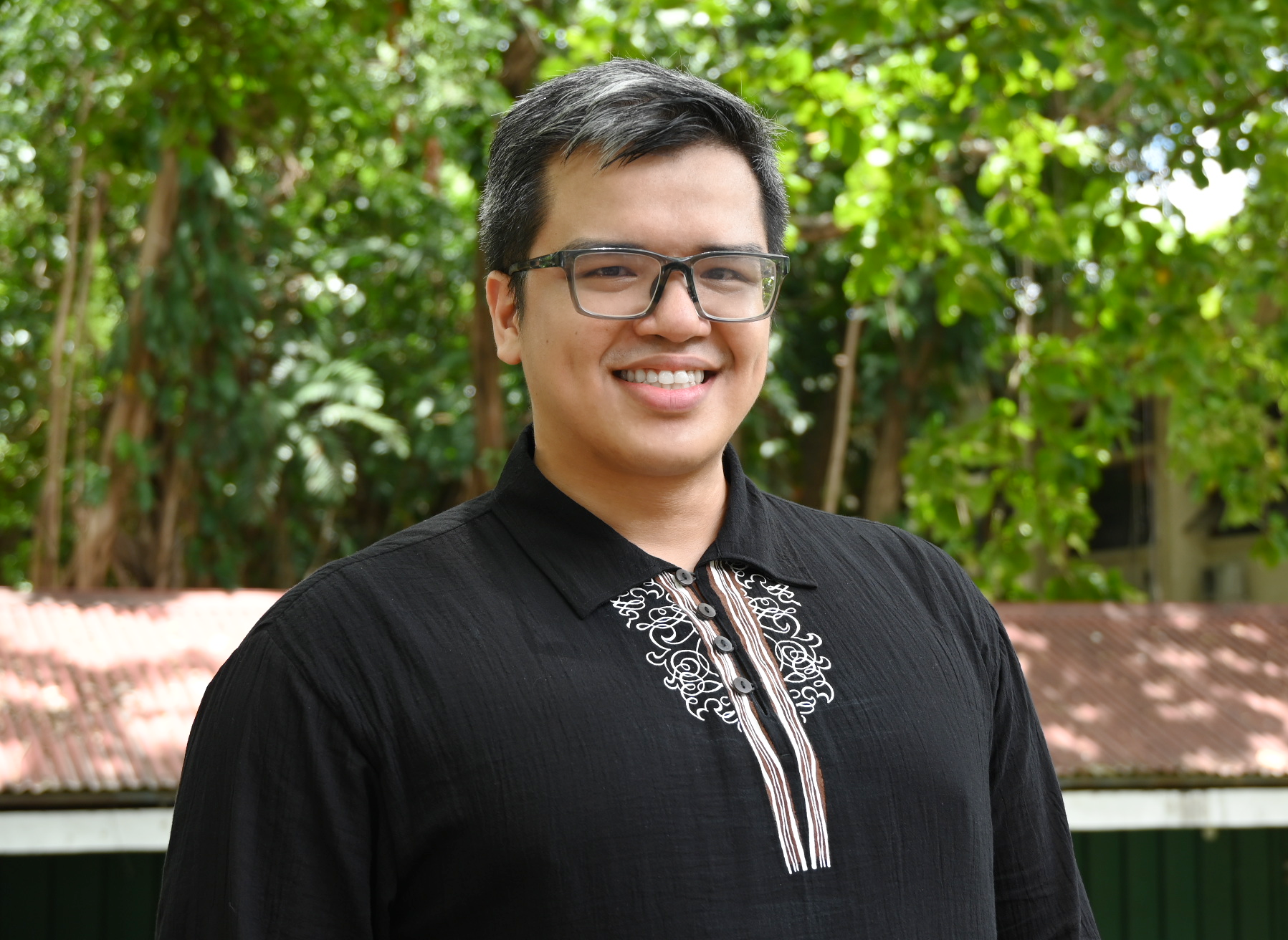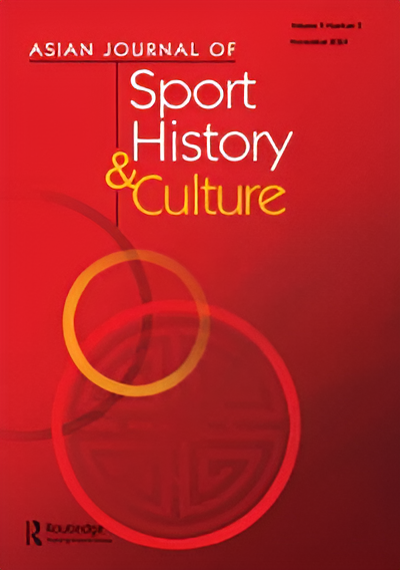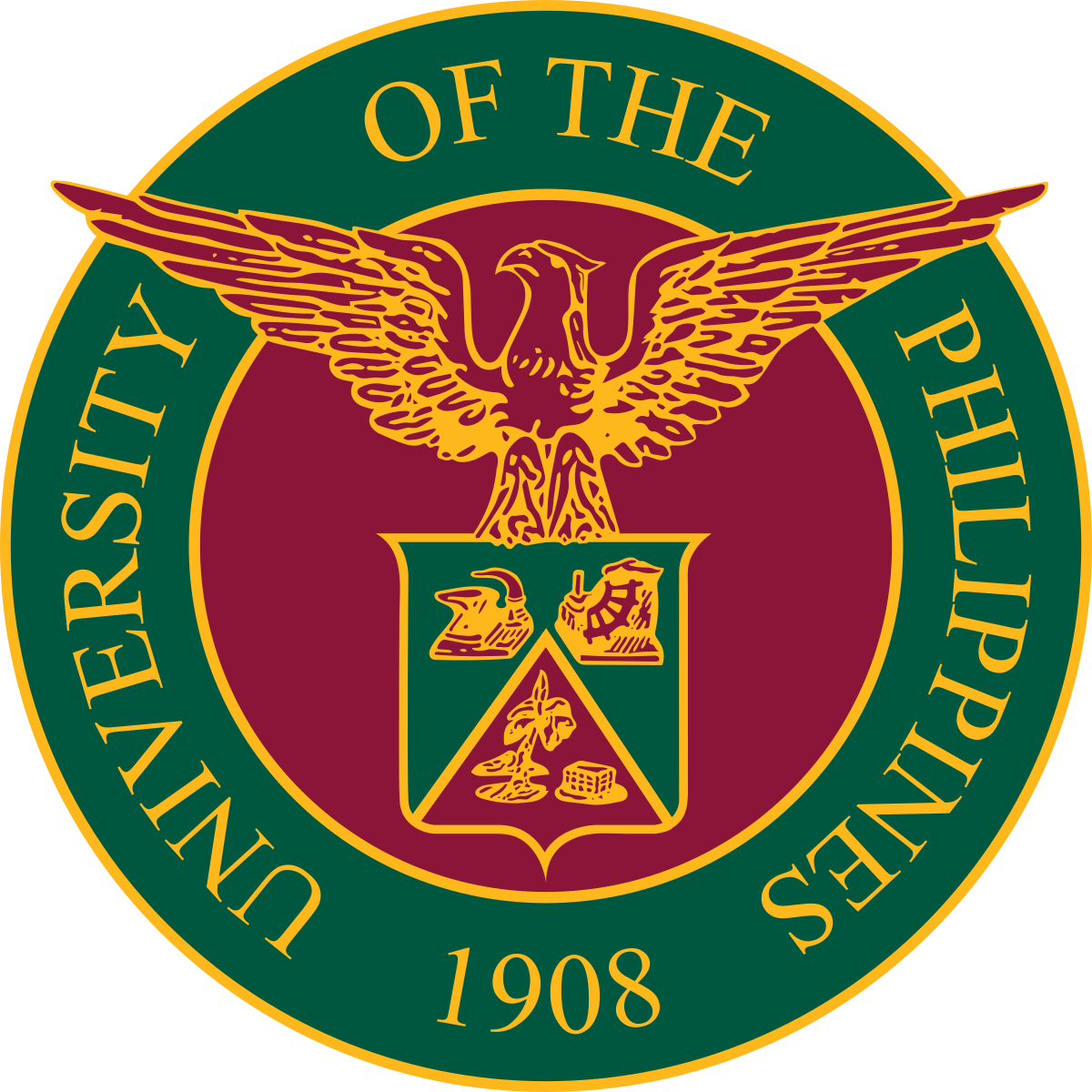Evaluating the Origins of Project Gintong Alay and Philippine Sports’ ‘Golden Years’ Under the Marcos Administration, 1978–1982
Asian Journal of Sport History & Culture
Current conversations around Philippine sports treat the 1980s as a ‘golden era’ of sporting achievement due to a marked increase in medals won internationally under Project: Gintong Alay, the Marcosregime’s elite sport development (ESD) program. Yet the nostalgia has yet to generate a critical assessment of the policy factors behind the program’s success. This article examines the meso-level policy factors and macro-level contexts that contributed to the Philippine sports achievements in the 1980s. Historical analysis of newspapers, magazines, and presidential documents between 1978and 1982 reveal how Gintong Alay’s success can be attributed to three (3) broad policies: 1) efficient funding allocation that prioritized sports with higher potential medal returns, 2) provisions for athletes’ basic needs in training camps, and 3) continuous exposure of elite athletes to international competition. However, the project’s success cannot be separated from the era’s legacy and plunder. This article also argues that the conditions for the possibility of elite sport success rested on the centralization of authority under the executive director of Gintong Alay– presidential nephew Michael Keon – and the ill-gotten wealth of Marcos cronies who were tasked to finance the decade of Philippinesport’s revival
Keywords
Gintong Alay
Ferdinand Marcos
Michael Keon
martial law
Philippine sports
Faculty Involved:

Micah Jeiel R. Perez
Assistant Professor
Focus: Sports history, Philippine nationalism, Military history, Martial law, defense and security studies, and Urban history.



